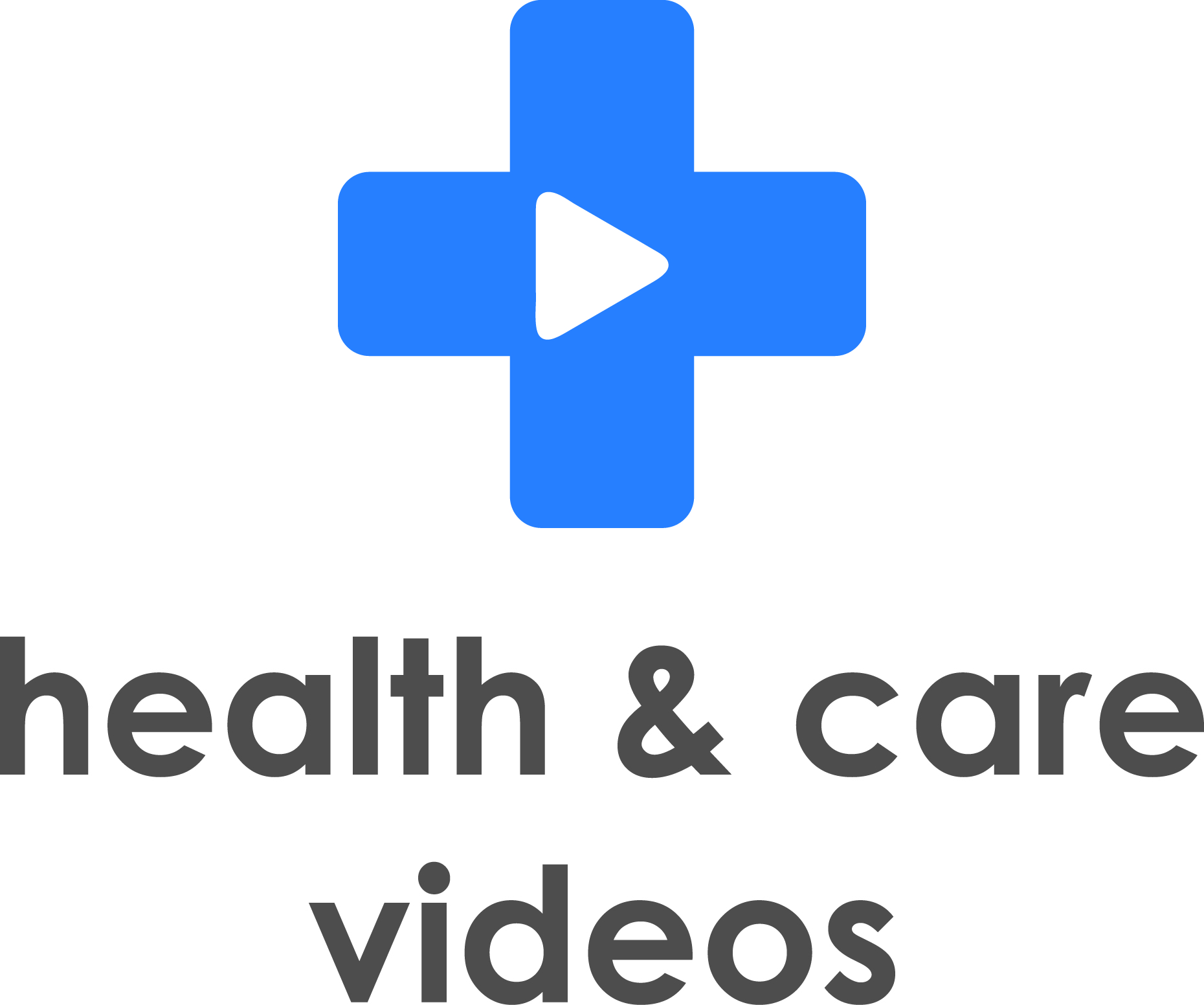Dr Alison Tavare is a clinical advisor here at Health and Care Videos. She is also a freelance GP in Bristol, a medical officer at Gloucestershire County Cricket Club and GP Advisor at West of England AHSN. She recently had her blog published on the All-Party Parliamentary Health Group website, and we wanted to share it with you here:

”The gears on my bike jammed recently, a real problem when you live in Bristol where hills have to be negotiated every time you cycle. I was keen to solve the problem so searched the internet, and found a possible solution on YouTube. However, lots of degreaser and cleaning did not get the gears working, so I headed to the bike shop where the mechanic showed me the ‘moving parts’ I had missed. After giving me a practical demonstration, the gears were released and once again I can relish the challenge of cycling Bristol hills.
I could have chosen to find a book on servicing my bike, but my first choice for ‘how to’ information is always visual, and in particular in video format. I know I am not alone in finding it quicker to understand something if I can actually see what is being described and, increasingly, I am aware that my patients are similarly looking to online videos for health-related information and support.
It is great when people search for information on an acute problem, especially if this enables self-care and prevents the need to seek further advice. There is also good evidence that informed patients with long term conditions have better outcomes. As a clinician, I find conversations start at a very different place when there is a mutual understanding of the issues, and it feels good to work in partnership with patients. However, and this is the big ‘but’, the quality of online information is variable: just because a video has had lots of views does not mean it is clinically accurate.
I fully recognise that the printed leaflets we print off and share are fast becoming obsolete for a digitally savvy generation, so what is the solution and how can we empower patients? Various ideas have been emerging and concise, clear and clinically accurate videos are one solution. These could be supplied as a one-off replacement for the patient information leaflet, but I have recently become involved in a project which promises much more. It started with a conversation with Dan MacClean of Crohns and Colitis UK at an All-Party Parliamentary Health Group and Patient Information forum event in April 2017 on how to deliver high-quality patient information. We discussed videos as a possible replacement to written information leaflets.
So what is our joint vision? Our aim is the production of videos, which can support the care of patients with Crohns and Colitis, with the same videos being shared across the whole of the patient pathway. In this way we can be sure that the quality and accuracy of the information is the same whether it is the GP explaining how troublesome bowel symptoms may be managed, the consultant gastroenterologist giving an overview of ulcerative colitis, or the pharmacist explaining how to use disease-modifying medication. Perhaps some information could also be sent to patients before investigations such as colonoscopies, in order to help informed consent. Other videos could be shared to explained abnormal results or a new diagnosis, and to provide information on what to do for a flare up of symptoms and when to seek further help.
The actual practicalities of how we will share this information have still to be solved. Will healthcare professionals text or email links to patients? Will we refer to online resources? How about multiple channels for access, with the videos held centrally so the most up to date versions are viewed. Electronic patient health records are evolving; could the videos form part of a patient’s personal record?
One of NHS Digital’s aims is to ‘use information and technology to transform health and care’ and improved and innovative ways of communicating must be part of this. Let’s take advantage of our patients’ skills and knowledge to empower them, and use video resources to put them at the centre of this transformation.”
(Original Source: http://www.healthinparliament.org.uk/blog/using-videos-provide-health-information-how-can-we-tap-benefits-patients)

